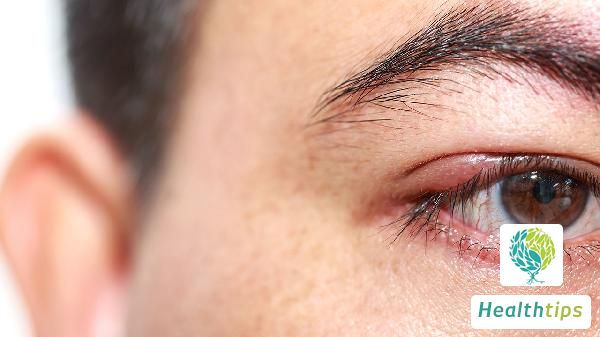Why Does My Nose Bleed? What Should I Do?
Nosebleeds are common in daily life. Some people experience frequent nosebleeds, while others only have them occasionally. Regardless of whether the nosebleeds are accidental or frequent, we should pay attention to them. Nosebleeds are not minor issues, and they are likely to be caused by diseases. If we fail to take them seriously or do not take effective measures in time, the nosebleeds will become more severe, and the condition will worsen, posing a threat to physical health.

1.1 Acute febrile infectious diseases are common in children, with upper respiratory infections being the most frequent. During high fever, blood vessels in the skin and mucous membranes become congested and swollen, and the same pathological changes occur in the nasal mucosa. Acute congestion and swelling of the nasal mucosa make it more prone to rupture and bleeding. Since the blood vessels in the nasal mucosa are superficial, severe fever combined with the external force of forcibly blowing the nose can cause the submucosal blood vessels to rupture and bleed.
1.2 The nose is an organ exposed on the surface of the body and is vulnerable to trauma, such as blows and falls. Under the impact of severe trauma, the blood vessels under the mucosa can rupture and bleed.
1.3 Strictly speaking, picking the nose should also be included in the category of trauma. Out of curiosity or discomfort, children often like to blindly dig their fingers into their nasal cavity, which is an unhygienic and unhealthy habit that can easily cause bleeding in the local nasal mucosa. The most common location for nosebleeds in children is in the anterior and inferior part of the nasal septum, where many tiny blood vessels intersect and form a network like a spider web. These blood vessels are superficial and delicate, and they are located at the entrance of the nasal cavity, making them easy to rupture when picked.
2.1 After experiencing a nosebleed, it is essential to have the patient sit or lie semi-reclined and reassure them to remain calm and avoid excessive tension, which can increase blood pressure and worsen bleeding. This is especially important for patients with hypertension who experience nosebleeds.
2.2 Local management primarily involves pressure hemostasis, and the treatment steps depend on the location and severity of the bleeding. One method is to have the patient pinch their nostrils firmly between their thumb and index finger for 5-10 minutes to stop the bleeding. If the bleeding persists, clean cotton balls, gelatin sponges, or soft cloth can be inserted into the nasal cavity to apply pressure and stop the bleeding.



















